
Don’t know if I missed this or it is new but the above handy Google-esque tool can be just the thing to send to your friends that don’t know who owns who. Just start typing the name and you will have an answer in seconds. Check out this tool HERE.

Follow Sean Inman to the best in craft beer
my occasional rants and raves about what is going on in the industry.

Don’t know if I missed this or it is new but the above handy Google-esque tool can be just the thing to send to your friends that don’t know who owns who. Just start typing the name and you will have an answer in seconds. Check out this tool HERE.
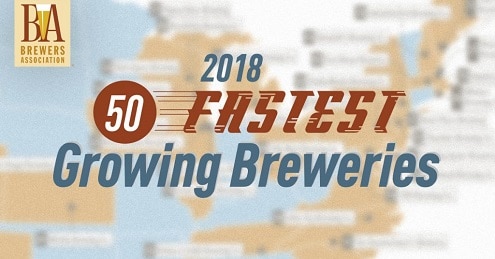
The Brewers Association releases their annual, Fastest Growing Breweries List. I went down the list with us Angelenos in mind and found two breweries at the tail end of the top 50.
Frogtown Brewery which is tucked down side streets just off of Fletcher near the 5 Freeway landed at 43 and then right behind it is a Long Beach brewery, but not the one that I or you probably expected. Dutch’s BrewHouse.
I have visited Frogtown a couple of times and they can their blonde and IPA’s but I did not peg them for having had a big growth spurt but then again, I had not heard of most of the breweries on the list which probably speaks to the fact that the really small are enjoying the biggest gains in the current low growth time.
I guess I will need to add Dutch to my list in addition to Ambitious Ales for my next Long Beach visit and see what they are doing right.
When these started to become ubiquitous….
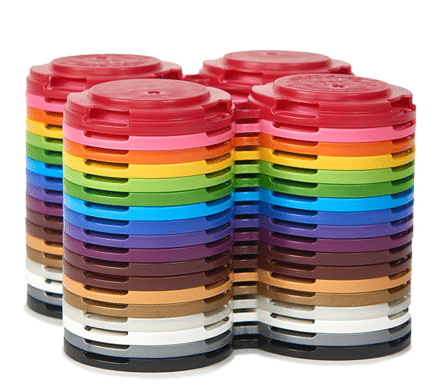
…but hopefully, the haze sellers will also start to add themselves to the PakTech list of places where these little holders can be recycled. Maybe even have a punch card for each set that is returned so it can be re-used.
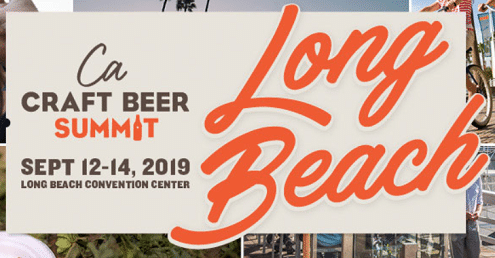
For those who haven’t heard the exciting news, the California Craft Beer Summit will be held in Long Beach this year. The most outward facing portion of the Summit is the festival featuring breweries from all over the state but, even more fun than that, at least for me, are the seminars.
And over the weekend the schedule was released, HERE. You can get tickets for one day or both or both + festival. But if you want to take your beer journey a little deeper, this is a good start. Tickets on sale in May.
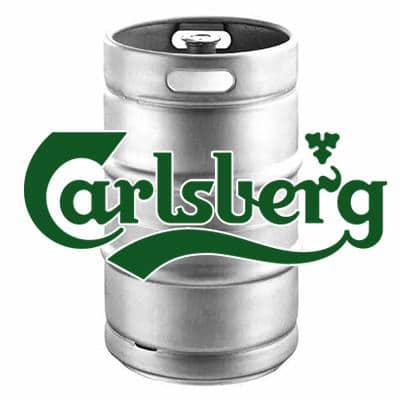
I have seen some bars adopt the real-time keg levels on their beer menu boards but now a brewer (albeit a large one that rhymes with Snarlsberg) is sending out their smart beer kegs. A tablet and (I assume an app) are all that is needed to monitor a keg. From when a beer is poured to when it is getting near empty and probably send the data to Facebook too.
These kegs will be in Europe to start and if they catch on might be used across the network. Maybe even by Lagunitas.

The hop formerly known as X06297 is now known as Lotus. Going back into the whole Biblical begat thing, Lotus has strains of Eastern Gold which is a Japanese variety of hop along with Apollo and Cascade and some Neomexicanus as well.
Per Hopsteiner, this variety boasts “waves of orange and vanilla followed by notes of candied grape and tropical fruit aromas.” I have not seen the hop promoted in any beers around Los Angeles but if I do, I will take a note and follow up on the blog. The fact that this hop got this far is an accomplishment, it remains to be seen if it will take off in the marketplace of IPAs.
If you are subscribed to the Hop Queries newsletter, well then what kind of beer rabbit hole geek are you?
At the recent Brewing Summit 2018,
hop aromas were broken down into these groups and I think it is quite useful to
have handy the next time you try an IPA that is new to you to see where it
lands……
Fruity – Citrus
Grapefruit, Orange, Lemon, Lime, Tangerine, Mandarin
Fruity – Tropical
Mango, Pineapple, Papaya, Banana, Lychee, Guava, Passion Fruit, Coconut
Fruity – Berry
Raspberry, Strawberry, Blueberry, Blackberry, Concord Grape, White Grape,
Gooseberry, Black Currant/Catty, Red Currant, White Wine
Fruity – Stone Fruit
Peach, Apricot, Nectarine, Cherry, Plum
Fruity – Melon
Cantaloupe, Honeydew, Cucumber, Watermelon
Fruity – Pomme
Apple, Pear
Floral
Geranium, Rose, Lavender, Jasmine, Elderflower, Potpourri
Woody
Pine, Resinous, Cedar, Tobacco, Sandalwood
Herbaceous
Black Tea, Green Tea, Mint, Rosemary, Bergamot, Dill, Thyme, Basil, Sage,
Cannabis, Skunk, Menthol
Grassy
Fresh Cut Grass, Lemongrass, Green Leaves, Hay
Spicy
Black Pepper, Clove, Licorice/Anise, Ginger, Coriander, Cardamom
Sweet Aromatic
Caramel, Chocolate, Vanilla, Bubblegum
Medicinal
Plastic, Rubber, Burnt Rubber, Smoke, Petroleum, Diesel
Dairy
Cheese, Cream, Waxy
Earthy
Musty, Soil, Marsh, Moss
Vegetal
Onion, Green Onion, Garlic, Green Bell Pepper, Celery, Asparagus, Cabbage
This is very useful to see where your favorite hoppy beers are so that you can pursue ones with similar aroma profiles and really hone in on your preferred IPA.

Sierra Nevada has expanded. They have acquired the Sufferfest Beer Company of nearby San Francisco. (During SF Beer Week no less.)
Started in 2016, Sufferfest makes gluten-removed beers such as a Kolsch and a Pale Ale. They are geared towards runners specifically and the health aware in general. The brewery has its origins at UC Davis in 2012.
I can see the fit meshing from multiple viewpoints. Company culture seems to be in the same ballpark. Sufferfest is in a market that Sierra is not. They are geographically close. But for some nagging reason, I don’t know how this will benefit Sierra much.
Sufferfest will be able to be brewed (once the recipes are dialed in over in Mills River) on the East Coast which will open a market and the probably longer arm of Sierra distribution. But they could have entered into a brewing partnership without buying. And it is still unclear how big, either the gluten-reduced or athlete market is going to fare long term.It’s sort of like trading for a player who has three-year contract vs. a similar player who has an expiring contract. If the three point shooting goes south, you can walk away under the second scenario.
Maybe the numbers look really good for Sufferfest and that is what this deal is based on but I will be watching this one.
#2 in a semi-regular series, this month, and maybe further, I am going to attempt to think outside the box a bit. Where does craft beer and the world intersect and how can they build together. I want to put some fun, maybe totally un-workable ideas out there. The U.S. has gotten so stuck but maybe one idea can spark another and then we can find one that does make life truly greater.
Distribution of beer was born out of the traumatic ashes of prohibition and worked fine if all you wanted was one type of beer from three companies. But now, there are rules in every one of the fifty states, rules on the Federal level and laws set that simply do not work for the current landscape of beer.
The main problems, as I see them, are:
I think that the new model for distribution is repeal & replace. Send the 3-Tier System to Puppy Lake and remember the good times and replace it with…..
(1)Federal Law. That’s right. Even in a time of Drumpf, I think one consistently enforced set of rules on the federal level would make life easier. It would also promote opening a brewery in any state.
CAPS are the key to my plan. We can start by separating breweries into tiers of production and with each “level up” there is more scrutiny on payola, tap line buying and exclusive agreements. A cap should be placed on distributors owned and establishments operated based on the tiers without stifling growth by scaring a business away from a tier jump.
Second, starting a distribution company should be incentivized though as the distributor gets bigger, the “vig” they can take gets capped. Doing away with franchise laws that tie a brewery to a distributor need to be abolished in favor of signing shorter term deals for three months, half year or a year. This way the churn will be higher and the distributor will need to be on their toes and can’t just hide a beer in the back without consequence.
Lastly, a brewery that holds a certain amount special release sales at their taproom can’t make demands that a non-special release beer be carried by a store. I understand this is an issue for breweries who have clients who just want the rare beer and nothing else but if you are doing a large chunk of business out your door then that trade-off is losing this privilege.
I am sure there are holes in my plan as with all of these new models that I propose but we do need to start discussing the problems and finding simple, easily applied rules.
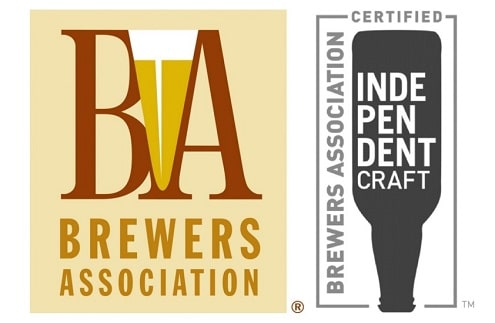
One of the geekier, deep cuts for #independent beer world is the annual release heralding the recipients of Brewers Association 2019 Research and Service Grants Program. For 2019, 17 grants totaling $509,058 were awarded to researchers and organizations across the country to scientifically advance the key ingredients in beer.
I went through the list and the items that caught my eye in the world of barley and hops were the following:
Evaluating a Multi-State Breeding Project to Produce Local Malting Barley for the Craft Brewing Industry at the University of Minnesota seems the most important of the group since hyper local is such a key part of craft beer.
Then there are two barley projects that share the same term that I had to Google to understand: The Continuing Quest for Flavor: From the Oregon Promise to the Romp of Otters at Oregon State University and Metabolomics and Genomics Analysis of the ‘Romp of Otters’ Barley Flavor Project at Colorado State University. I now know what a two or more otters are called and I wish more groups were called Romps.
On the hop front, Development of Thiols and Thiol Precursors in Different Hop Varieties During Hop Harvest and their Impact on Beer Flavour conducted by Nyseos, Barth-Haas Group could yield new insights on flavors in the next big IPA style.